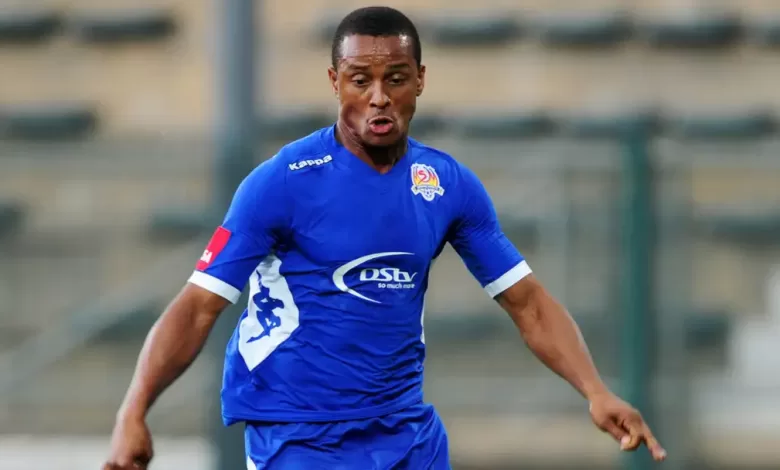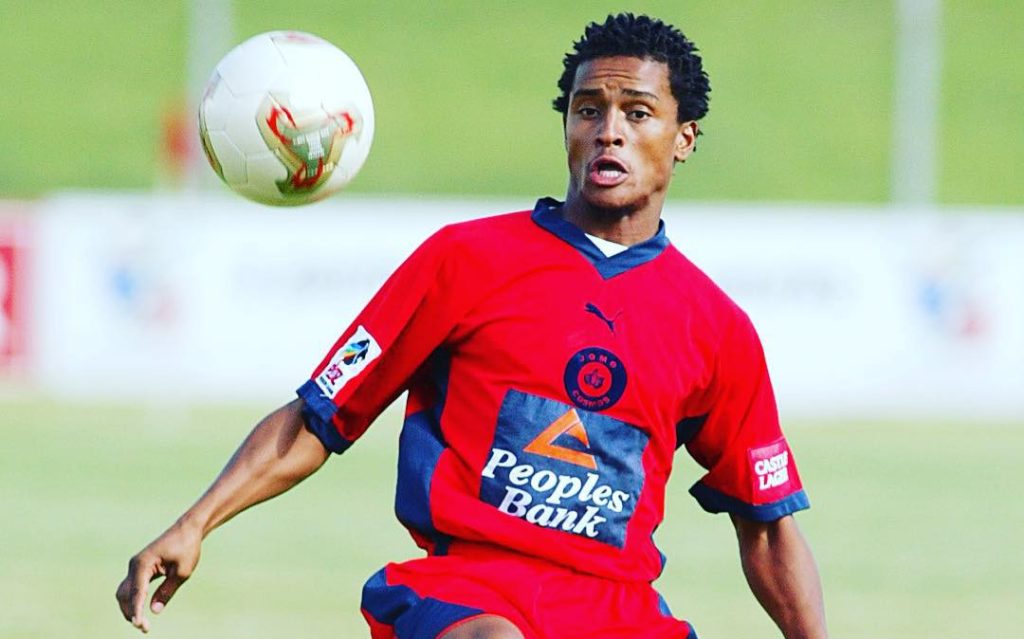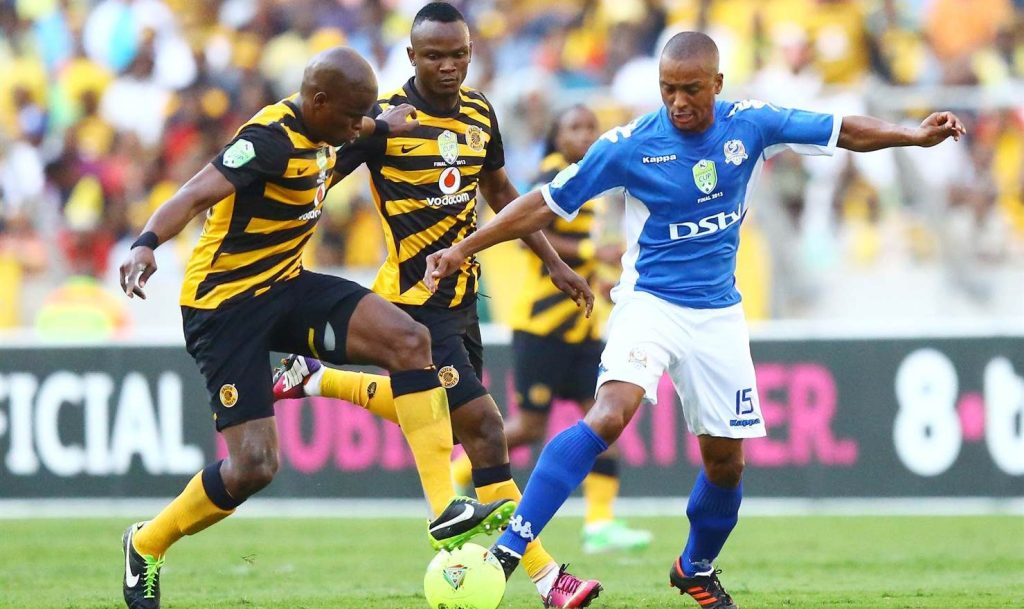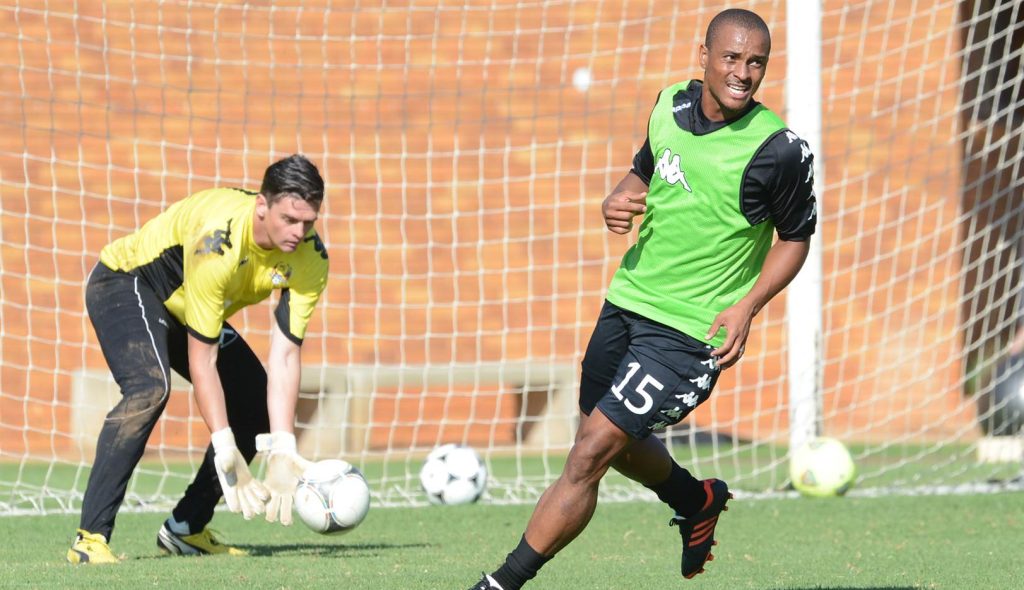Mark Haskins: The six-sport athlete who chose football

In everyone’s eyes, Mark Haskins is a former footballer who enjoyed a 12-year career in the PSL.
Seems simple enough, and yet Haskins is so much more interesting than that. The man from Eldorado Park was a six-sport athlete and excelled in soccer, rugby, field hockey, tennis, cricket and athletics.
Now that is fairly interesting itself, but what you may not know is that Haskins, who started off as a pacey striker, was once part of the Gauteng provincial hockey team and would easily be a schools record holder in some track events if records back then were kept.
“I’ve always been a really good athlete. I didn’t even play football at school,” Haskins told FARPost.
For starters, his high school personal bests are pretty impressive for a teenager. Initially, he specialised in 400m, where his personal best was 47 seconds, slightly better than Bongani Sithole’s national schools record of 47.08 set in 2017.
MARK Haskins Reveals Hidden Athletic Past
His time is just a few seconds less than Wayde van Niekerk’s 43.03 seconds. Van Nierkerk, who hails from Kraaifontein in the Western Cape, is the current men’s world record holder.
In fact, Botswana’s Isaac Makwala, a 400m gold medallist at the Commonwealth Games in 2018, describes his personal best as “extremely remarkable for a high school athlete”.
In 800m, where Ntuthuko Ndimande holds the national schools record at 1:50.23 seconds, Haskins’ best finish as a youngster was 1.57 seconds.

“In matric, I got a burst of pace, and I started doing sprints. My personal best for 200 m was 21.6 seconds,” he says. South Africa’s current national schools record of 21.19 seconds was set by Tsebo Matsoso of the Free State in 2018.
Haskins ponders impact of Apartheid on Hockey Career
Perhaps, just perhaps, if it were not for apartheid restrictions, Haskins would have taken hockey further than he did.
“I played provincial hockey, and unfortunately, they didn’t consider us because of the restrictions they had. They needed two players [of colour] per team, and there were four teams – A, B, C and D. Unfortunately, I was a player of colour even though I was worth my place in the team,” the former footballer Haskins, who has a journalism qualification he acquired from Wits University.
“The coach never considered me until we were knocked out of a tournament. He was shocked when he played me afterwards.”
Forget about the typical holiday activities like game drives, a walk to the beach or a family fishing trip; his ideal vacation is quite a unique one. Luckily, he has his son to tag along each time he wants to shoot the hoops.
“My idea of a perfect holiday is going to a sports resort and just fooling around on different fields – different sports – I love sport,” he confesses.
Nonetheless, it was never in doubt that football is where he came alive. “It’s something I couldn’t run away from,” he admits.

And as they say, it takes a village to raise a child! That old African proverb rings true when you trace his footballing journey.
Nassar Jardine, 59, was not just a neighbour. He is the first man to hone young Haskins’ footballing skills. For Jardine, who turned out for amateur side Sporting FC in Eldorado Park in his youthful days, the idea was to find a team for his son to express his football talent.
How Nassar Jardine Shaped Haskins’ Early Football Development
Little did he know that he would stumble upon a boy who would go on to play football at the highest level. In the end, thanks to his passion for the game, he ended up with five age group teams in Eldorado Park, a Johannesburg township that lies on the southern boundary of Soweto.
“Uncle Jardine would pack over 10 of us in his yellow Opel Ascona and drive us to the Extension 6 grounds where we used to play. I stayed in Extension 2,” Haskins says.
Jardine was apparently fond of his old jalopy, a large family car produced by the German automaker Opel from 1970 to 1988.
“I remember being stopped by the police, who reminded me it was an overload. Once the kids were out of the car, you wouldn’t believe they all came out of it. So, one day I said to the cops ‘please help me carry some of these kids to the ground’ and they said ‘we can’t do that with a police vehicle, please go’,” he says as he bursts into laughter.
When he met Haskins, the former youth international was only an enthusiastic 7-year-old. His talent was certainly undoubtable. His enthusiasm was there for all to see.
“I give credit to people like Uncle Nassir Jardine. I know all around the country there are unsung heroes like him.
“He gave me my first coaching lessons; he taught me invaluable lessons,” Naskins says.
Uncle Jardine, who worked for a reputable local company as an insurance underwriter, often played social worker when any of his boys were seemingly going errant, engaging parents or sometimes teachers.
It warmed his heart when Haskins made his PSL debut and gave him one of his first few professional jerseys.

“That was the proudest moment for me; I wasn’t there when he brought the jersey. He gave it to my wife and said, ‘this is for my uncle and coach’. I probably slept in it on that day,” he says jokingly.
When he was approaching 16, his uncle Joey Lawrence took him under his wing to the Mondeor Meteors FC. He attributes his rise to determination.
Haskins Catches the Eye of a Legend
Lawrence vividly remembers the day Haskins caught the eye of Black Prince of South African Soccer – Jomo Sono – at the Wits grounds in 2001.
“He was one of the fastest strikers. I don’t know (how he changed to play central midfield), but when he switched, it affected him,” he says.
“He missed a sitter, but Jomo still signed him. I suppose he was nervous because he knew Jomo was there watching him,” Lawrence says.
Haskins spent four years at Jomo Cosmos before moving to Moroka Swallows in 2005, where he spent another four years. Haskins’ last appearance in professional football was in the 2013 Nedbank Cup final when he played 120 minutes for SuperSport United against Kaizer Chiefs.
At the Florida Atlantic University, where he played 17 college football fixtures, he tallied 40 shots, which was the second most on the team. He then led the Owls with nine goals and seven assists from his central midfield position.
Sadly, Haskins never got the opportunity to represent Bafana Bafana at senior level. Interestingly, a football journalist once wrote a full-blown article that said he was a Namibian international.
“For some strange reason, there’s a journalist who did a full-on article that said I’m a full Namibian national. I can’t tell you that’s why I never played for Bafana but it’s certainly strange. I feel there’s a point where I warranted a call-up. I don’t think I deserved to be regular in Bafana, but there were points where I felt I did enough to earn a call-up and at least have a look in, in the national team,” explains the 43-year-old.
At the time, Moroka Swallows had the Namibia trio of Henrico ‘Henna’ Botes, Mohammed ‘Slice’ Ouseb and George Hummel.
“The journalist probably thought I was one of them,” says the ex-Bidvest Wits star.
Lawrence, however, feels his nephew didn’t reach his full potential after the change from forward to midfield.
Nonetheless, Uncle Jardine will be proud to see he unearthed one of the most disciplined and humble footballers ever to grace domestic football.
RELATED STORY: Vincent Mafuta: Turning security guards into football stars